Discover “Haisha”: A Exploring the Depths of Haisha
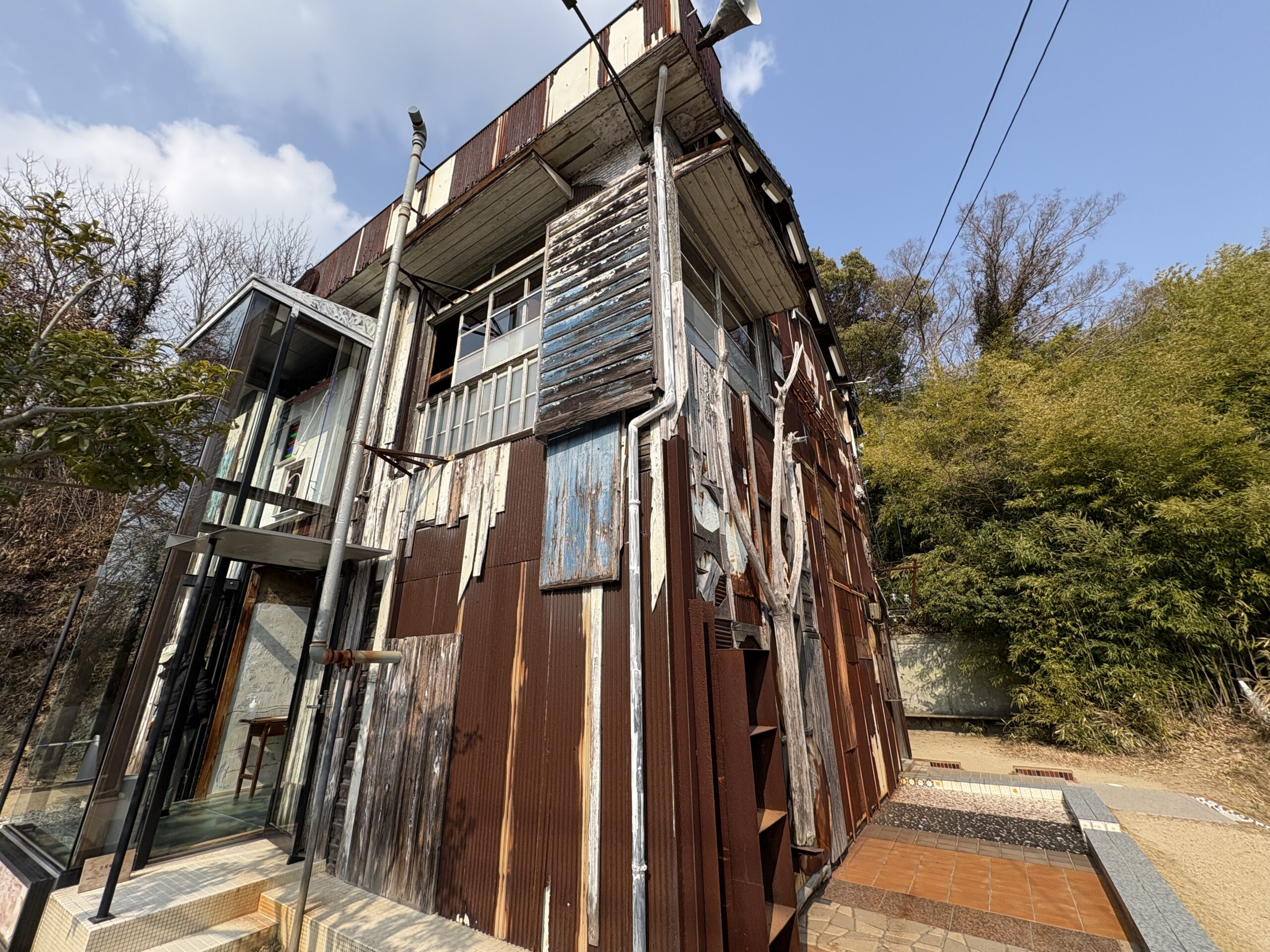
The Art House Project in Naoshima transforms former residences and buildings into immersive art installations.
Among these, Haisha by Shinro Ohtake stands out as a striking example.
Originally a dental clinic, the building has been reborn through Ohtake’s signature bold collage techniques, creating a space where time and memory intertwine in a surreal, layered composition.
Opened in 2006 as part of the Art House Project, Haisha was once a dental clinic and residence.
Instead of demolishing and rebuilding, Shinro Ohtake preserved the structure as it was, transforming it through his unique artistic approach into a fully immersive artwork.
The exterior appears as a chaotic mix of rusted tin sheets, wooden panels, old signboards, glass, and other repurposed materials from different times and places.
While it may resemble a decaying ruin at first glance, every detail is meticulously composed, forming a visual narrative of accumulated memories—an unmistakable hallmark of Ohtake’s artistic style.
1.The Unexpected Presence of the Statue of Liberty
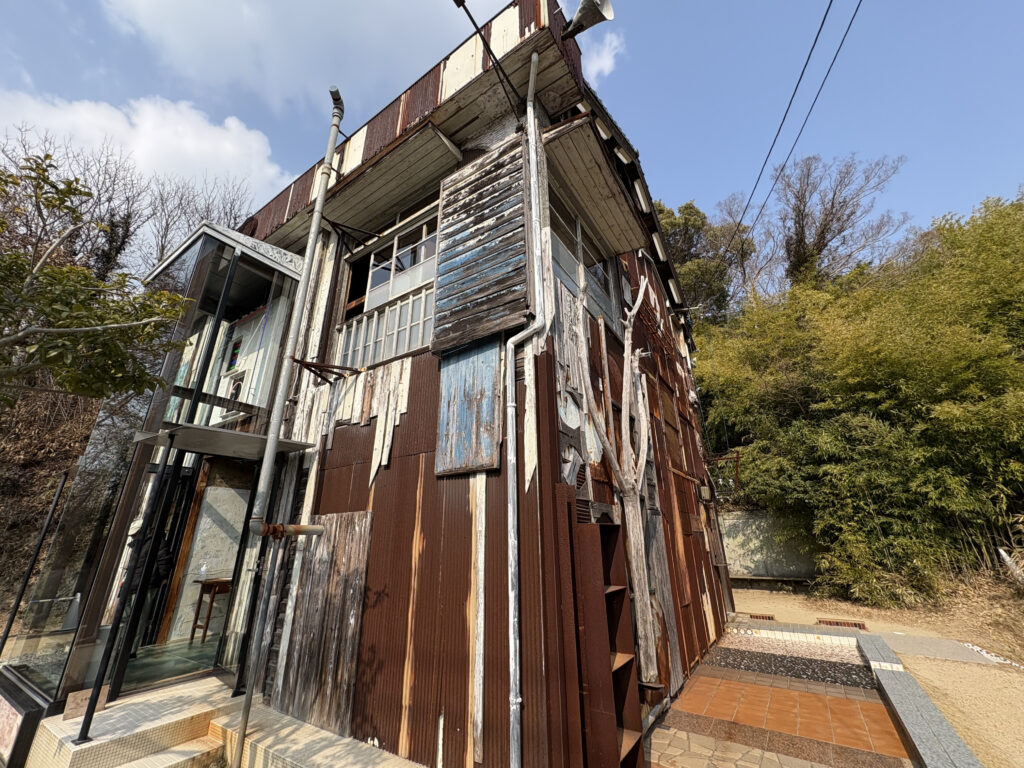
The most striking feature inside is the giant Statue of Liberty standing on the second floor.
Familiar yet unexpected in this setting, the statue blends seamlessly into Ohtake’s collage world, creating an eerie yet captivating juxtaposition.
Placing such a symbol of Western freedom inside a former Japanese dental clinic evokes a clash of different contexts—urban and rural, Japan and the West, past and present.
This deliberate dissonance is at the core of Haisha, challenging visitors’ perceptions and stirring their own memories.
2.The Ultimate Collage of Materials and Time
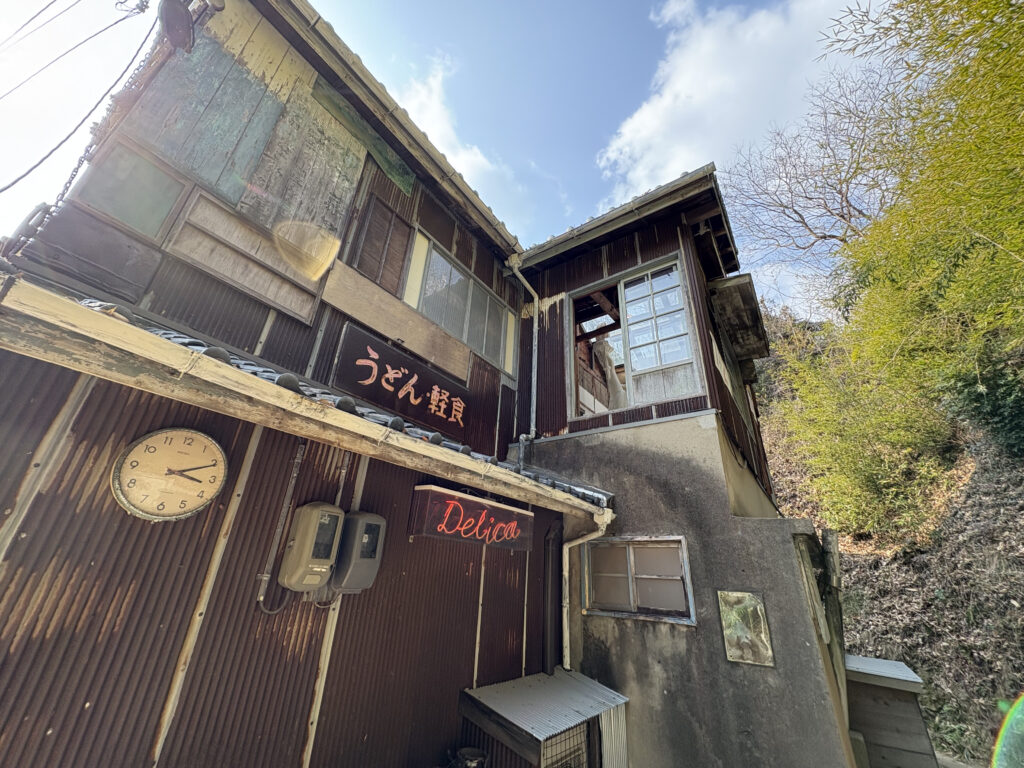
The interior and exterior of Haisha are assembled from a vast array of materials: old signboards, metal sheets, glass fragments, wooden planks, plastic objects, and more.
These elements, salvaged from different places and times, form a dense, layered composition that feels almost like time itself has been made tangible.
Ohtake has long been known for his practice of collecting and repurposing discarded objects.
Every material within Haisha carries its own past, and their juxtaposition creates a profound sense of temporal depth.
This is not simply a collection of found objects—it is a collage of memories, where different stories overlap and resonate.
3.Traces of the Former Dental Clinic
Despite its transformation, Haisha still retains subtle remnants of its past as a dental clinic:
- An old dentist’s chair and equipment, hinting at its previous function
- Small decorative details reminiscent of its clinic days
- Doors and windows repurposed in unconventional ways
These traces of history coexist with Ohtake’s artistic interventions, reinforcing the idea that Haisha is not just an art installation, but a layered space where past and present merge.
The building itself is a canvas of time, allowing visitors to experience its transformation on a deeply personal level.
4.Conclusion
✔ Imagine Its Original Form
As you walk through Haisha, envision what the building looked like when it functioned as a dental clinic.
This perspective adds another layer to the experience, allowing you to feel the passage of time in a more tangible way.
✔ Consider the Origin of the Materials
Many of the materials used in Haisha were repurposed from other structures and objects.
Reflecting on where these elements might have come from and how they ended up here adds depth to the viewing experience.
✔ Compare It with Other Art House Project Installations
Haisha is just one of several installations in the Art House Project, each transformed by different artists.
Observing the contrasts and commonalities among them enhances the appreciation of how art and history intertwine within Naoshima’s unique landscape.
Haisha is more than just an artwork—it is a collage of memory, crafted by Shinro Ohtake.
By preserving the traces of its past while infusing it with a bold new vision, Ohtake has created a space where different times, cultures, and narratives intersect.
Stepping inside is like entering a layered world where history and imagination blur, offering an experience unlike any conventional museum
If you visit Naoshima, Haisha is a must-see for those seeking to explore the deeper dimensions of time, space, and artistic transformation.
About Our Tour called “Finding Naoshima Tour”
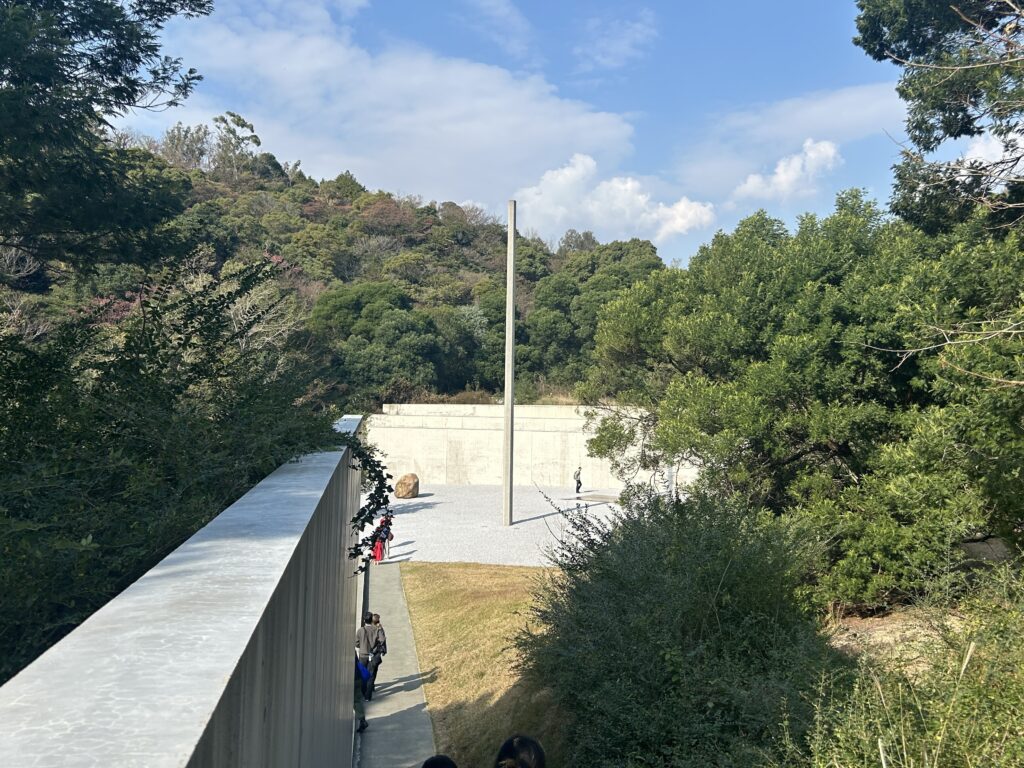
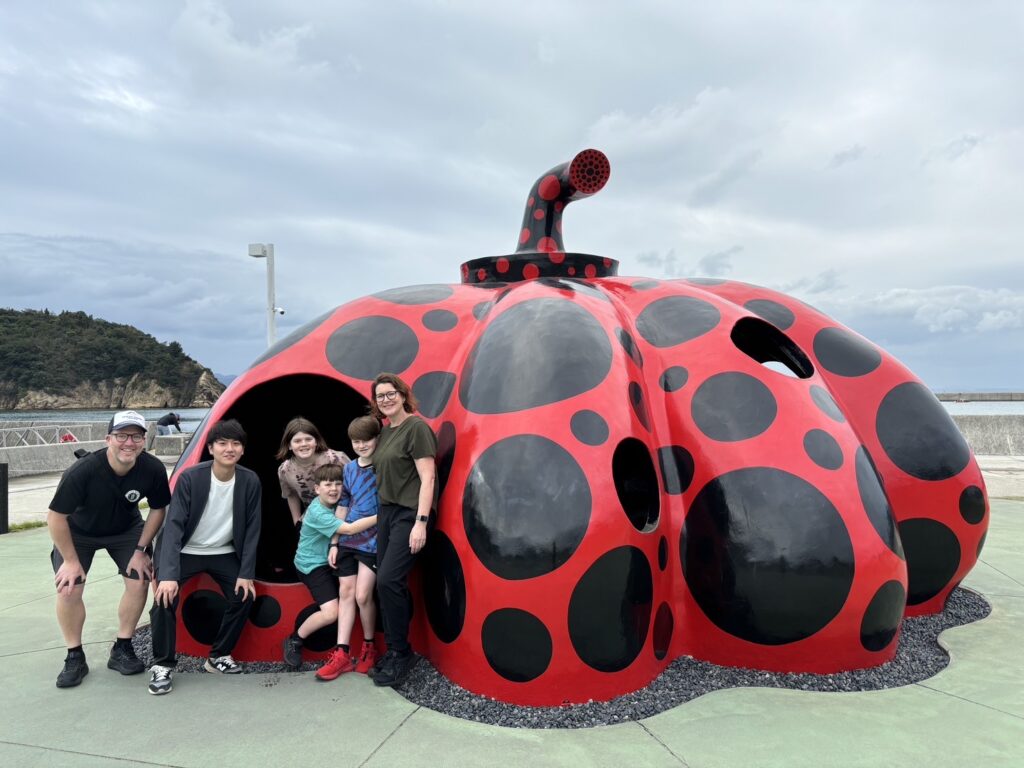
We also offer guided tours of Naoshima called “Finding Naoshima Tour”, a private tour service led by locals born and raised on Naoshima.
With deep roots in the island, we share Naoshima’s unique history, rich culture, and breathtaking scenery from a local perspective.
Whether it’s hidden photo spots, stories behind the artworks, or the charm of island life, we guide you through it all.
Each tour is fully private, allowing for a personalized and relaxed experience at your own pace.
Let us show you the real Naoshima—beyond the museums and into its heart.
